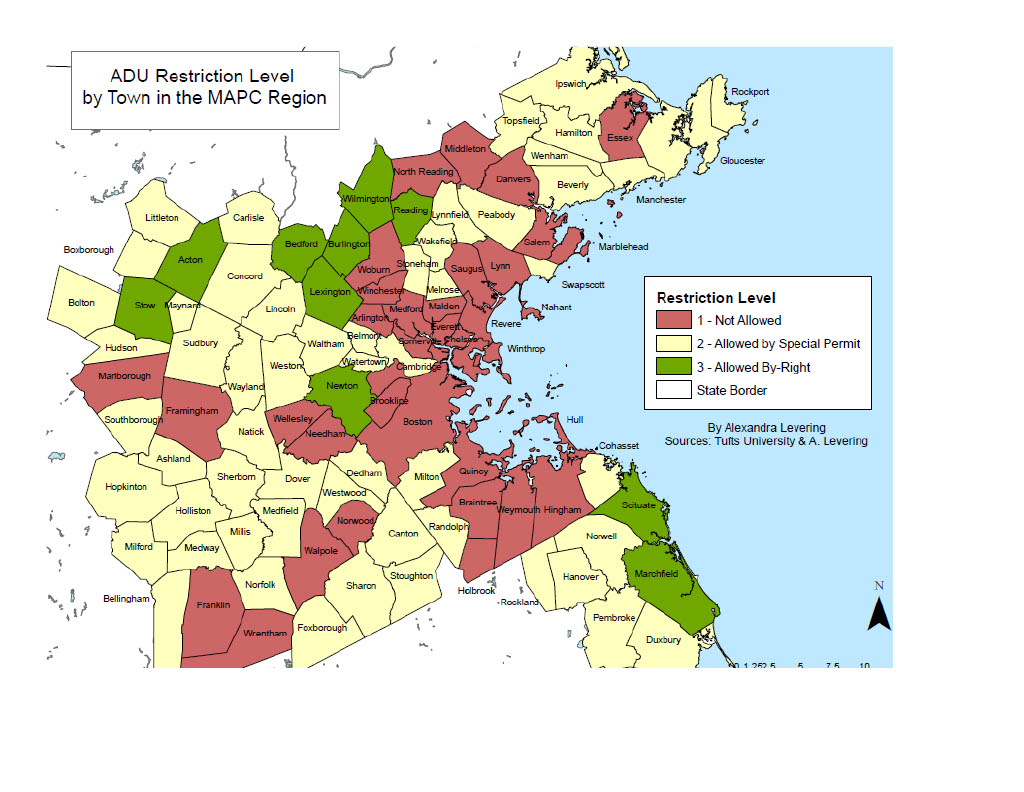Article 3 in a series on the Arlington, MA Master Planning process. Prepared by Barbara Thornton.
A conversation about transportation issues extends well beyond rush hour car traffic congestion. As the Town contemplates its future 20 years from now, should it build wider streets, wider bike paths, wider sidewalks or none of the above? If reducing traffic congestion is a goal, is it possible to develop more job opportunities in town so residents can walk to work? If we value the walking opportunities and we value the lovely trees that make the walk pleasant, what material can we use on the 542,309 linear feet of town sidewalks so the roots won’t break through the walkway and create tripping hazards. Transportation planning can get complicated.
Arlington is fortunate to have a number of active groups, including the Town established TAC (Arlington Transportation Advisory Committee) and the ABAC (Arlington Bicycle Advisory Committee as well as the citizen organized Vision 2020’s Transportation Taskforce and “Walking in Arlington” that look at transportation issues. PTO’s and the School Dept. plan for the safe transit of school children. The East Arlington neighborhood took a long and deep look at the traffic on Mass. Ave., spending a couple of years discussing the proposal to narrow the street in that neighborhood. The Town describes itself as having three “village areas” or neighborhood areas associated with the Town’s three distinct commercial areas: Arlington Center, Arlington Heights and East Arlington.
Discussion about transportation tends to focus on patterns to and from or through each of these areas. In addition, the plan addresses major corridors that bring through traffic from outside the Town. Various modes of transportation including walking, bikes, cars with one passenger, shared passenger cars and opportunities for ridesharing like Zipcar, Lyft or even Hubway for bikes.
On April 10, 2014 the Arlington MA Planning Dept. and RKG Associates sponsored a public discussion on circulation and transportation issues for the Master Plan. Here are the questions that were discussed.
1. How should the Town balance street capacity improvements with expanding multi-modal transportation options?
2. What could the Town do to extend and enhance “walkability” in Arlington Center, Arlington Heights, and East Arlington?
3, Can the Town better manage and enhance parking supply and
distribution in the village centers? How: What changes would the
community support?
4. Should the Town adopt standards for sustainable thoroughfares and
parking areas? What kinds of standards would make sense in Arlington?
5. What can Arlington do to decrease congestion? Which of these ideas would you support?
a. Encourage students to walk or bike to school.
b. Develop employment opportunities in Arlington so that more people can shorten their commute.
c. Encourage safer biking and other alternatives to using private vehicles.
6. If the Town moves toward a higher density, how can transportation
planning mitigate any negative impact on residential neighborhood
quality of life?
7. Should the Town put more emphasis on providing more parking spaces or minimizing dependence on cars?
The Master Plan’s guiding goals for the Transportation section are
- Enhance mobility and increase safety by maximizing transit, bicycle and pedestrian access and other alternative modes of transportation.
- Manage congestion safely and efficiently by improving traffic operations.
- Manage the supply of parking in commercial areas in order to support Arlington businesses.
More details on the transportation data and issues gathered for the Master Plan can be found here: http://arlingtonma.gov/home/showdocument?id=19822
Upcoming articles in this series include
- Economic Development
- Housing
- Open Space
- Historic and Cultural Resource Areas
- Public Facilities and Services
- Natural Resources
